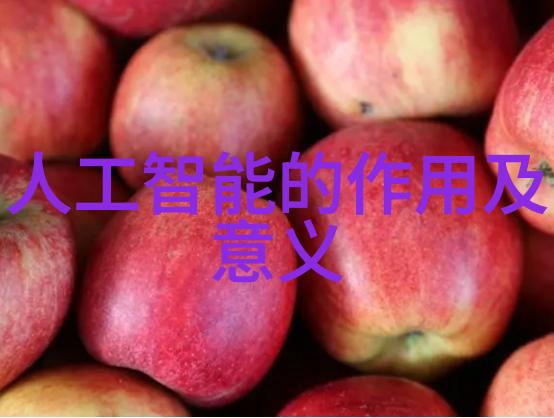真空食品杀菌设备技术高效真空杀菌系统
什么是真空食品杀菌设备?

真空食品杀菌设备是一种利用真空环境下的低温或高温条件来消灭微生物的技术。它通过在没有氧气的情况下加热或冷却来达到杀菌效果,避免了传统烹饪方法中可能产生的营养素和口感损失。这种设备广泛应用于食品加工、保鲜和再生等领域。
真空食品杀菌设备有哪些?

根据不同的工作原理,真空食品杀菌设备可以分为多种类型。其中最常见的是热处理型和冷处理型。热处理型真空机器利用高温(通常在100°C以上)将食物置于无氧状态,使得内含的水分蒸发并转化为化学能,从而实现对细菌、病毒等微生物的消灭。而冷处理型则采用低温(一般在-18°C以下)的方式,将食物放入极低温度下,以抑制微生物生长,但不进行彻底消灭。
热处理型真空食品杀菌设备如何工作?

热处理型真vacuum kill bacteria in food by first sealing the food in a vacuum container, then heating it to a high temperature. This heat causes the water molecules inside the food to turn into steam, which builds up pressure and pushes out any remaining oxygen. Once all of the oxygen is removed, the temperature can be increased even further, killing off any remaining bacteria or viruses.
The exact process may vary depending on the specific equipment being used. Some machines use a combination of hot air and infrared radiation to quickly reach high temperatures. Others may rely on steam injection or other specialized techniques to ensure thorough sterilization.

Regardless of the method used, heated vacuum systems are highly effective at killing off harmful microorganisms while preserving flavor and nutrients.
冷冻过程中的质疑

Cold treatment methods have been gaining popularity in recent years due to their ability to preserve delicate flavors and textures without resorting to extreme heat. However, some critics argue that cold treatments do not provide enough assurance against microbial contamination.
While it is true that cold temperatures cannot completely eliminate all forms of bacteria or viruses from foods placed within them for extended periods of time (such as several weeks), modern cold storage technology has made significant strides towards achieving this goal through precise control over environmental conditions such as humidity levels and temperature gradients within containers filled with perishable goods during long-term preservation processes like refrigeration/freezing cycles lasting anywhere between one month up until six months before consumption dates set forth by regulatory agencies worldwide; e.g., FDA’s Food Code specifies that "the product must be stored under refrigeration at an internal temperature not higher than 40°F (4°C) when received from manufacturers" prior starting its shelf life clock running after freezing phase completion if applicable based upon intended end-use scenarios involving immediate consumption following proper thawing protocols outlined below:
1.) Thaw frozen items immediately upon removal from refrigerator storage unit - using either refrigerator defrost mode setting followed by prompt disposal into trash bin after completing defrost cycle once complete.
2.) Allow frozen products remain unrefrigerated but kept away from direct sunlight exposure throughout entire duration until they become completely thawed as well since rapid changes in ambient conditions could potentially cause growth spores present among bacterial populations residing inside these items which might lead development disease-causing pathogens should such cases occur while keeping above mentioned guidelines strictly adhered too always maintain good hygiene practices maintaining clean work environment ensuring cross-contamination does not happen resulting contamination risks minimized altogether henceforth eliminating potential health hazards associated consuming improperly handled/managed raw ingredients making way toward healthier eating habits promoted through education campaigns promoting awareness regarding importance implementing proper handling procedures coupled alongside strict adherence guidelines provided here so far!



